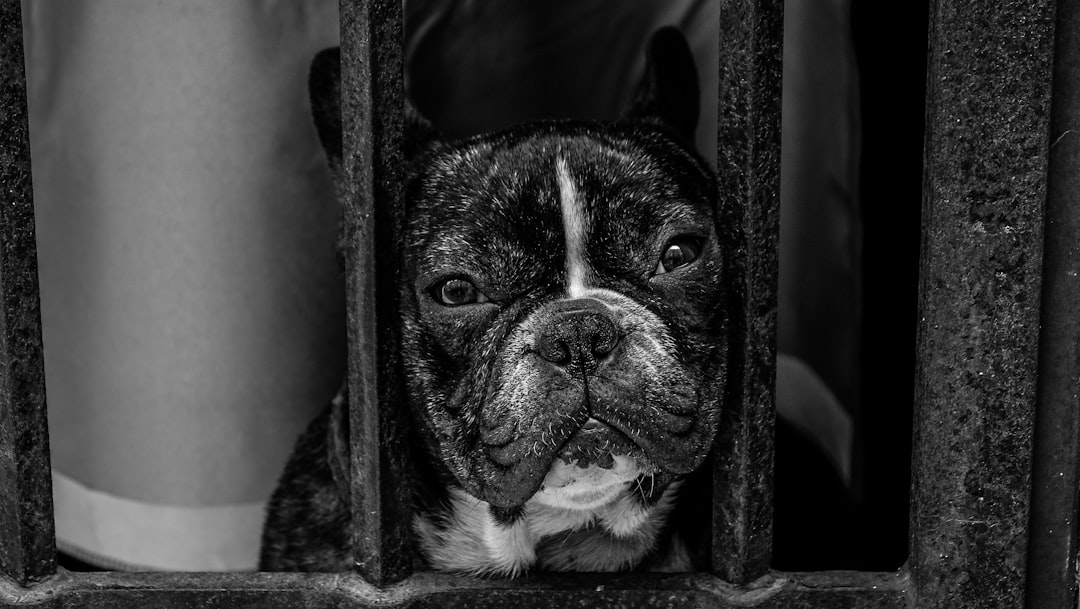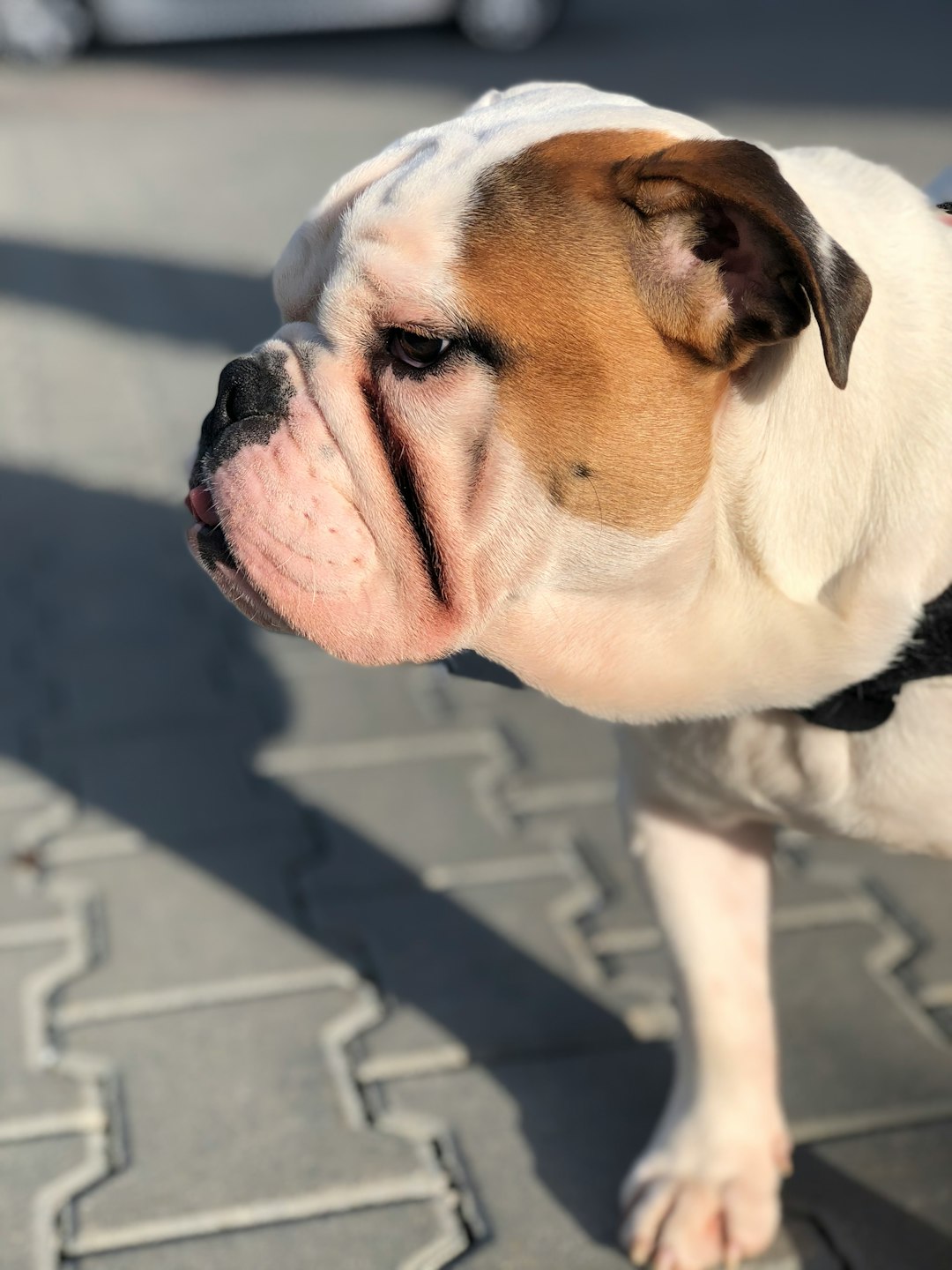Ever stared into your pup’s soulful eyes and wondered, “How long can a dog go without eating?” It’s a question that tugs at the heartstrings and ignites our instincts to protect. Dogs, like humans, have unique nutritional needs, and understanding those can feel like solving a canine crossword puzzle. From their hunger cues to potential health risks, keeping tabs on your furry friend’s food habits is essential. So, grab a treat (for your dog, not you—it’s doggy talk after all) as we dive into the nitty-gritty of your best pal’s dining dilemmas!
Understanding a Dog’s Nutritional Needs

When it comes to our furry friends, understanding their nutritional needs is crucial for their health and happiness. So, how long can a dog go without eating? That’s an important question, but first, let’s dig into what every dog needs on their daily menu!
Nutritional Must-Haves:
- Proteins: Vital for muscle development.
- Fats: Provide energy and support a shiny coat.
- Carbohydrates: Give them that extra bounce in their step.
- Vitamins & Minerals: Essential for overall health and immune function.
Caloric Needs
Dogs vary in size, age, and activity levels, so their caloric intake does too!
- Puppies need more calories per pound than adults.
- Active Breeds require a higher caloric intake compared to couch potatoes.
As a rule of thumb, an adult dog generally needs about 30 calories per pound of body weight. Always ensure their diet meets these fundamental needs; it’ll make answering how long can a dog go without eating much easier—because you won’t have to worry about them skipping meals!
Signs That Your Dog Is Hungry

Dogs can be quite the experts at playing it cool, but if you pay close attention, they’ll reveal their hunger with a few unmistakable signs. So, if you’re thinking, “How long can a dog go without eating?”—the answer might be shorter than you’d imagine! Here are some telltale signs your furry friend is ready for a snack:
- Increased Interest in Food: If your dog suddenly turns into a food detective, sniffing around the kitchen, it’s a clear indication.
- Begging or Pacing: Those sad puppy eyes and relentless circling can drive home the point that he’s hungry.
- Sniffing or Pawing at the Food Bowl: A not-so-subtle hint that it’s time to fill that bowl!
- Excessive Licking: Yup, a dog’s tongue might start to resemble a cloth licking up every speck of crumb.
- Reduced Energy: If your pooch is typically a bundle of energy but prefers to lounge around, he might be looking for a meal.
Remember, recognizing the signs early can help you gauge hunger and address any issues surrounding how long a dog can go without eating! Keep your eyes peeled; your dog is counting on you!
Factors Influencing a Dog’s Appetite

When it comes to our furry friends, a finicky appetite can often feel like a puzzle. Several factors play a role in determining how long a dog can go without eating. Here are a few culprits behind your pup’s food aversion:
- Health Issues:
Dogs may lose interest in food due to underlying medical conditions. Always be alert for any unusual symptoms. - Age:
Puppies have boundless energy and may eat voraciously, while senior dogs might prefer smaller meals and could go longer between snacks. - Behavioral Factors:
Changes in routine, stress, or anxiety can lead to decreased appetite. If you recently moved or had a new pet join the family, your dog might feel a bit out of sorts. - Diet Quality:
A diet lacking in nutrients or flavored inadequately might leave your pooch unimpressed. Consider treating them to a gourmet meal every now and then!
In summary, understanding these factors will help you gauge how long your dog might go without food, so keep an eye on their eating habits and consult a vet if anything seems off.
The Risks of Extended Hunger in Dogs
When it comes to our furry friends, starvation is not a game. So, how long can a dog go without eating? The answer is a bit complicated, but let’s explore the potential risks of extended hunger.
- Nutrient Deficiency: Prolonged periods without food can lead to severe nutritional imbalances—after all, dogs need specific nutrients to function and thrive.
- Weight Loss: An empty food bowl translates to a shrinking pup. If your dog stops eating, it’s not just an empty stomach; it can lead to dangerous weight loss.
- Muscle Wasting: If a dog goes too long without food, it can start consuming its own muscle tissue for energy. Talk about a ruff situation!
- Organ Damage: Extended hunger can strain organs, leading to complications like liver or kidney issues.
- Behavior Changes: Happy tails turn sad when dogs are hungry. Irritability and lethargy can set in, making your pooch less fun to be around.
In essence, if you’re wondering how long can a dog go without eating, the ideal answer is: Not long at all! Keeping an eye on their eating habits is crucial to maintaining their health and happiness.
How Long Can Dogs Typically Go Without Food?
So, you’re probably wondering, How Long Can a Dog Go Without Eating? Well, grab your kibble bowl, because we’re diving in! Generally, most dogs can survive without food for about 3 to 5 days. That said, several factors can influence this timeframe.
Here’s a quick breakdown:
| Factor | Range |
|---|---|
| Age | Puppies: 1 to 3 days |
| Adults: 3 to 5 days | |
| Seniors: 2 to 5 days | |
| Health Status | Healthy: 5 days max |
| Sick/Disabled: 1 to 3 days | |
| Size | Small breeds: 2 to 4 days |
| Large breeds: 3 to 6 days |
Now, while it is possible for dogs to skip meals without major consequences, bowel health and hydration are crucial. Remember, How Long Can a Dog Go Without Eating varies per pooch! If your pup refuses to eat for more than 24 hours, it’s time to consider calling in the experts. Hungry hounds deserve our attention! 🐾
What to Do If Your Dog Stops Eating
If your furry friend suddenly turns up their nose at mealtime, it can be more concerning than when you accidentally spill kibble everywhere. So, what should you do? Here are some proactive steps:
- Assess the Situation: Check for any physical signs of distress or illness. Is your dog lethargic? Any vomiting or diarrhea? If yes, it’s time to call the vet.
- Evaluate Their Food: Sometimes, your pup just might not find dinner appealing. Experiment with different brands or flavors to see if you can entice their taste buds.
- Establish a Routine: Dogs thrive on structure. Try keeping a consistent feeding schedule to create a sense of normalcy.
- Check Their Environment: Make sure their dining area is comfortable and free from distractions. A soothing atmosphere can make all the difference!
- Stay Hydrated: Ensure your pooch has access to fresh water. Sometimes, thirst masquerades as a lack of appetite!
Remember, if your dog refuses food for more than 24 hours, especially when considering how long can a dog go without eating, it’s crucial to consult a veterinarian. After all, we want our fluffy companions to feel their best!
When to Seek Veterinary Help
When your furry friend suddenly turns their nose up at dinner, it’s time to play detective. Wondering how long can a dog go without eating? Well, most healthy dogs can manage a few days, but if your pooch is skipping meals longer than 24 hours, it’s time to take action. Here’s when you should grab that phone and call your vet:
- Behavior Changes: Is your pup suddenly lethargic, hiding, or acting differently? Major behavior shifts can signal underlying issues.
- Absence of Other Symptoms: If they don’t show signs of illness but still refuse food, it’s worth getting their health checked.
- Vomiting or Diarrhea: If your dog isn’t eating and is also experiencing digestive distress, don’t wait—get them to the vet.
- Chronic Conditions: Dogs with health concerns may be more sensitive to changes in appetite.
Remember, if your dog’s appetite plummets and you can’t pinpoint the reason, don’t hesitate. Consulting your vet is often the best way to ensure your furbaby stays healthy and happy! After all, knowing how long can a dog go without eating is crucial in determining the best course of action.
Tips for Encouraging Your Dog to Eat
Is your furry friend playing hard to get at mealtime? Don’t fret! Here are some pawsitive tips to tempt their taste buds and answer the burning question: How long can a dog go without eating before they finally feel hungry?
- Create a Routine: Dogs thrive on schedules. Serve meals at the same time each day.
- Pick the Right Food: Experiment with various flavors and textures. Sometimes, a change can spark their appetite!
- Enhance the Meal: Add a little broth, wet food, or a sprinkle of cheese on dry kibble. Who can resist that?
- Make it Interactive: Use puzzle feeders or toys that dispense treats. Engaging their instincts can reignite their desire to chow down.
- Limit Treats: Too many snacks can spoil dinner. Stick to meals when you want them eating again!
Remember, knowing how long a dog can go without eating can direct your next steps. If your dog remains uninterested in food, it might be time to consult your vet. Your pup’s happiness and health come first!
Frequently Asked Questions
How long can a dog safely go without food?
Ah, the age-old question! Generally speaking, a healthy adult dog can survive without food for about 3 to 5 days, but it really depends on their size, health, and hydration. Much like humans, dogs don’t do well in high-stress situations without nourishment. If your pooch decides to embark on a hunger strike beyond that timeframe, it’s best to consult a vet—even if they’re just being dramatic!
What are some signs that my dog is not eating enough?
Watch out for those telltale signs! If your furry friend is acting more like a couch potato than their usual bouncy self, it might be time to dig deeper. Look for changes in behavior, such as lethargy, hiding, or even excessive begging around mealtimes. Additionally, if there’s a sudden weight loss or if they’re drinking more water than usual, it could indicate an underlying problem. Don’t let it slide—call the vet!
Is it normal for dogs to skip a meal occasionally?
Absolutely, but don’t let it become a routine! Just like us, dogs can have off days or be less interested in food due to various reasons like stress or even a change in routine. However, if your four-legged friend skips meals for more than 24 hours, it’s cause for concern. And if their gourmet taste buds suddenly resemble a picky toddler, it might be worth a chat with your vet!
What should I do if my dog refuses to eat?
First off, hold the dramatics! If your dog turns down their supper, try enticing them with some yummy kibble variations, warm it up, or even add some broth for flavor. However, if the food refuse-a-thon continues for more than a day or two, you’d best set off toward the vet’s office—there might be something fishy (or meaty) going on! Remember, a happy dog is a well-fed dog!



